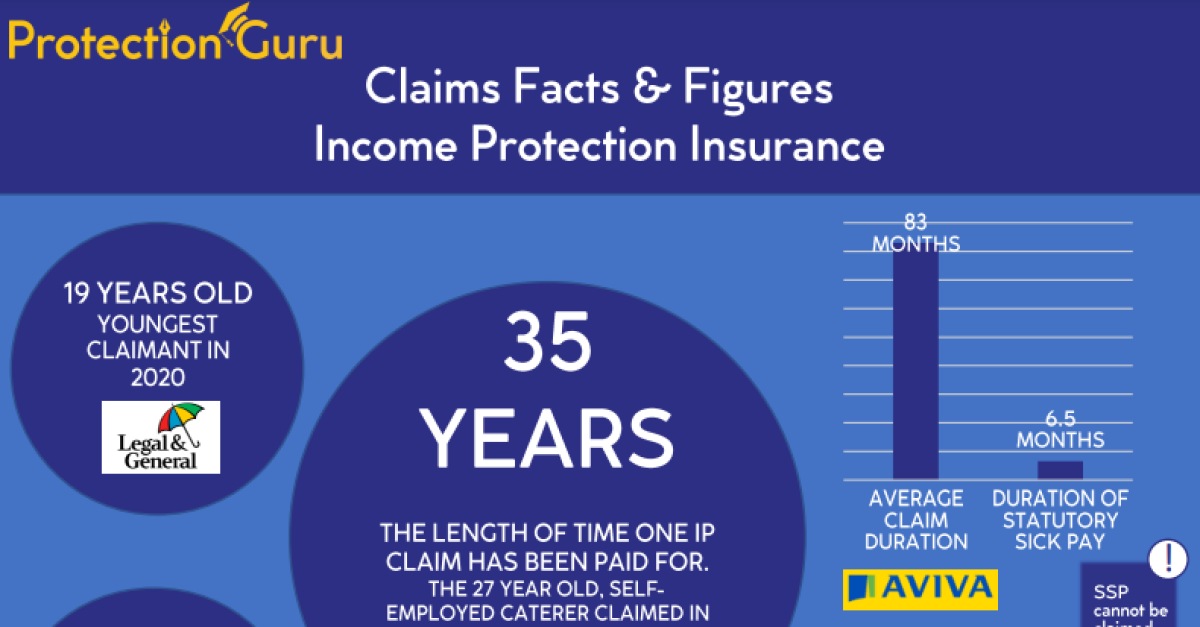
Income Protection isn’t a great product for most consumers any more – but it could be

I had something of an epiphany this week following two conversations. First, Johnny Timpson, the outgoing Disability and Access Ambassador to the Cabinet Office for Insurance and Banking, pointed out to me that back in 2018 Lloyds Bank, working with the Resolution Foundation identified that 73% of UK employees with a steady job had volatile pay. Of these 40% has notable pay changes that were not exclusively positive in six months or more of the year. You can find the full report from Resolution Foundation here.
Given the growth of the gig economy in the meantime, I suspect this figure is now nearer 80%. Even if it is still only 73%, that means income protection cover is poorly designed for nearly three out of four consumers.
The same day, my wealth IFA recommended I reduce my salary level and increase what I take as dividends. The problem being if I do so it becomes far harder for our company group income protection scheme to accurately reflect my earnings because insurers treat dividends differently to salary.
These two moments highlighted something I’ve been increasingly concerned about for many months. Income protection needs a major overhaul.
Rightly we have seen a growing demand for income protection plans in the last few years and especially the last 12 months. There is an emerging generation of new advisers who use income protection as the cornerstone of all their advice. Increasingly however, they are voicing concerns about shortcomings in policy wordings that mean contracts fail to provide the certainty they are looking to achieve when protecting clients.
There seems to be an accidental industry conspiracy to not say anything bad about income protection. Too many people seem to have a mindset that “Just keep drinking the income protection Kool Aid and everything will be OK”. It won’t. Sadly, I’m old enough to remember the reasons advisers turned away from permanent health insurance plans in the mid-1990s as critical illness cover became available. Substantially this was because PHI was too unreliable in the consumer outcomes it delivered. Now we have fresh impetus behind income protection we need to fix it, to avoid history repeating itself.
My above remarks may end up being my Will McAvoy moment (if you don’t understand the reference look here for one of the finest TV monologues ever), and it may get me into a lot of trouble, but some things have to be said. Let me be clear, I am not saying income protection is unsuitable, but it is nowhere near as good as it could be with some creativity of thinking and leveraging technology that is now widely available.
The more I look at the income protection market it is like an alcoholic that is in denial that it even has a problem. In such situations good friends will point out the truth however painful it may be.
Our Protection Forum events are increasingly becoming a dynamic debate on how to improve income protection with advisers presenting their first-hand experiences with clients and sharing how they believe the product could and should be improved. This process is working. A growing number of insurers are using these sessions to get great feedback and ideas on how they can improve their products. The next event on 13th April is no exception. If you have not already reserved your place you can do so here.
If we listen to advisers and make full use of emerging technology I believe it’s entirely possible to make income protection what it should be, the best contract for millions of consumers to ensure they have the income they need if they get seriously ill. Let’s fix it so it can be fit for purpose in the modern world.
This was also a week full of new content and information from Protection Guru. It started with Scottish Widows announcing the launch of ‘Clinic in a Pocket’ service. This gave us the opportunity to update to the Scottish Widows showcase page and for Adam Higgs to produce an assessment of the service in his insight How does Scottish Widows ‘Clinic in a Pocket’ compare? so advisers can consider this new service in the context of what other insurers have on offer.
On Tuesday Adam looked at Brain tumour awareness month – how are brain tumours covered in critical illness plans. In Wednesday’s insight Amanda Newman Smith investigated Which insurers offer the best cover for overseas treatments?
I’d like to pay tribute to the insightful and constructive way my colleague Adam Higgs chose to respond to the publication of Zürich‘s claim stats this week. Rather than just publishing the headline numbers Adam noticed some fascinating trends revealed by the payments the insurer has made for fracture cover. It is really worth everyone in the protection market reading this study of how Zurich’s claims stats highlight fracture cover is not just for active clients. It will probably change the way you think about fracture cover and how it can best help clients. To help advisers understand the various options available for fracture cover we followed this up with Amanda Newman Smith’s insight on Fracture cover – who offers what?
How claim statistics are put together and used is another subject we will be addressing during our 13th April Protection Forum. Looking at some of the announcements recently, I’m increasingly concerned that the way the Association of British Insurers are encouraging their members to report data is actually creating an unnecessarily negative perception of certain issues. We will be exploring with advisers how this can be done better and what would really help them in conversations with clients. Again, if you would like to participate in this discussion you can get tickets from this link.
Finally, today we wrapped up the week with Steve Berry’s summary insight on Additional payments on income protection plans – everything you need to know.
Today is Steve’s last day with Protection Guru and I would like to thank him for the great work he’s put in over the last nine months. We wish Steve all the best in his new role, where he will continue to help grow the protection market.
We will be making a very exciting announcement about a new member of the Protection Guru team very shortly.
Over at Benefits Guru in Tuesday’s insight Jason Green investigated Financial Wellness: Who is offering an emergency cash fund? This was followed on Thursday by the first instalment of a two-part analysis on Investment pathways – how they work and what workplace pension providers have already implemented.
In the near future you will be seeing a lot more content on our AdviserSoftware.com site as we build the definitive guide to everything advisers need to know about technology to help them run their businesses. On Wednesday Adam Flowers examined How are DIGI helping advisers recommend, process and review? If you are interested in receiving regular updates on adviser technology you can register at AdviserSoftware.com to receive these.
I hope the above provides some food for thought this weekend.

















